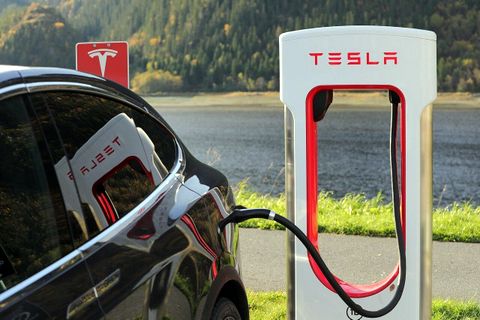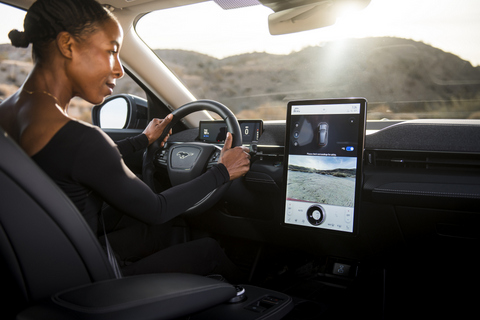Taking the Worry Out of Electric Driving All Year
Electric vehicles have been around since the 1800s, but it’s only recently that we’ve seen significant improvements to EV batteries and the nation’s charging infrastructure. Today, EVs are both popular and accessible to the general public.
While an increasing number of charging stations and EV innovations are helping with uptake, a common anxiety continues to persist among EV drivers. Some owners worry about their vehicle’s range.
With that in mind, let’s explore a few seasonal tips for optimizing your EV’s range, looking at how winter, spring, summer and fall can affect your car’s performance.

Winter
According to a Consumer Reports experiment, the magazine staff found that EVs can lose a significant amount of battery power during colder months. This is particularly true if the temperature dips below freezing.
Since cold temperatures can reduce an unplugged EV’s range by about 20 percent, it’s important to give special consideration to range when purchasing or driving your EV in winter weather.
Running the heater can also cause range loss, so it’s also critical that you limit how often you use the heat in your EV. This may prove challenging, especially if you live in a state that gets frequent snowstorms. One tip is to use steering wheel and seat heaters, which draw less current than the HVAC system.
Summer
High temperatures can also impact the range of your EV. It’s wise to keep your EV stored in an insulated garage to ensure its range is not negatively affected. Insulating your garage offers benefits to your EV and keeps it in good condition.

During the hot summer months, it’s wise to limit blasting the air conditioning, though it may be tempting to stay cool. Like the heating system, using AC in your EV can suck up battery power quickly, impacting your range. One AAA study found that high temperatures can reduce EV range by 17 percent, mostly due to overusing the AC.
It’s generally a good idea to cool your EV when its battery is charging.
Basic Tips for Spring and Fall
Because the spring and fall seasons usually are mild, your EV should be able to get a decent amount of mileage, and you shouldn’t worry too much about your range. However, if you’re still looking to optimize your range, consider some basic tips below.
- Take it easy when accelerating in your EV.
- Choose the most direct routes to your destinations.
- Minimize how often you use or slam on your brakes.
- Use your EV’s regenerative braking function.
- Ensure your EV’s tires are properly inflated.
- Time your charges wisely.
- Reduce your vehicle’s weight by only bringing necessary items on your trips.
- Avoid installing unnecessary exterior accessories such as roof racks, as they can consume more power from your EV.
Keep all of these tips in mind to make the most of your EV’s range.
Optimize Your EV’s Range
As an EV owner, you want to get the most from your car, and by following some of the suggested tips listed above, you’ll find that your range is optimized.
No one wants to be stranded on the side of the road, so always be sure to check in on your battery and ensure your EV is in working order.
Story by Martin Banks. Photos from public sources or Clean Fleet Report archives.
Some of the Best EV Choices Out There:
Flash Drive: 2022 Mercedes EQS
Flash Drive: 2022 Hyundai Ioniq 5
Feature: The 3 Best EVs for the Road
Update: Top 10 Electric Cars
Flash Drive: Lucid Air Dream Edition
Flash Drive: 2021 Ford Mustang Mach-E GT
Flash Drive: 2021 Volkswagen ID4 AWD

8 thoughts on “Seasonal Tips: Getting the Best Range from Your EV”